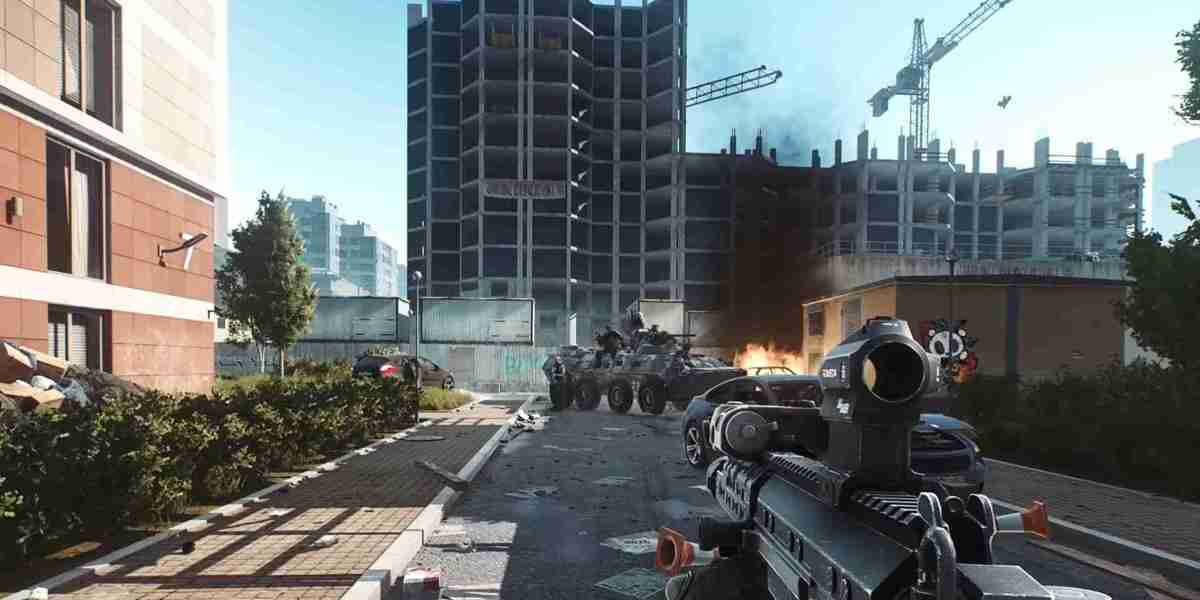The medical robot market has experienced remarkable developments in recent years, driven by technological advancements that continue to reshape the healthcare landscape. Innovations in robotic systems, artificial intelligence (AI), machine learning, and data analytics are making significant strides in improving patient outcomes, optimizing surgeries, and enhancing rehabilitation. These developments are paving the way for more efficient, precise, and personalized medical care. In this article, we’ll delve into the recent developments in the medical robot market, focusing on key areas such as robotic-assisted surgery, AI-driven advancements, rehabilitation technologies, and remote surgery capabilities.
1. Advancements in Robotic-Assisted Surgery
Robotic-assisted surgery has been one of the most transformative aspects of the medical robot market. The technology has been increasingly adopted by healthcare institutions to perform minimally invasive surgeries with greater precision, less risk, and faster recovery times for patients. Systems such as the da Vinci Surgical System have already demonstrated the value of robotic surgery in various specialties, including urology, gynecology, and orthopedics.
In recent years, new innovations in robotic-assisted surgery have focused on improving the flexibility, dexterity, and overall performance of surgical robots. These robots are equipped with enhanced vision systems, high-definition cameras, and specialized tools that offer surgeons a more detailed view of the surgical site. Additionally, the integration of 3D imaging and augmented reality (AR) allows for greater visualization and accuracy during procedures.
Moreover, advancements in robotics are enabling the use of robotic systems for more complex surgeries, including delicate procedures like neurosurgery, cardiac surgeries, and organ transplants. The precision of robotic systems has led to a reduction in human error, which in turn has led to better patient outcomes and lower complication rates.
2. Artificial Intelligence (AI) Integration in Robotics
The integration of artificial intelligence (AI) in medical robots is another key development. AI-powered medical robots are capable of learning from vast amounts of data, making real-time adjustments, and even predicting the best possible treatment strategies. These advancements are allowing medical robots to take on more autonomous roles in surgeries and diagnostics, reducing the need for human intervention and enhancing the precision of treatments.
In the field of diagnostics, AI-driven robots are able to analyze medical images such as CT scans, MRIs, and X-rays with remarkable accuracy. AI algorithms can detect abnormalities or early signs of disease that may be missed by human practitioners, enabling earlier diagnoses and more effective treatments. This is particularly valuable in the early detection of diseases like cancer, where prompt intervention can dramatically improve patient outcomes.
Furthermore, AI is making its way into surgical robots, where machine learning enables the robot to “learn” from past surgeries. This allows robotic systems to improve over time, offering more accurate and efficient procedures with each use. As AI technology advances, it will likely result in even more sophisticated medical robots capable of performing complex tasks with minimal human oversight.
3. Robotic Rehabilitation Systems
In the field of rehabilitation, significant progress has been made with the development of robotic systems designed to assist in the recovery of patients with mobility impairments. These systems help patients recover from injuries, strokes, or surgeries by supporting and guiding their movements through therapeutic exercises.
Recent developments in robotic rehabilitation include the creation of wearable exoskeletons, which assist patients with spinal cord injuries or neurological conditions in regaining mobility. These exoskeletons allow patients to walk and perform other physical activities that were once impossible due to their conditions. In addition, robotic systems are becoming increasingly intelligent, offering personalized therapy plans based on the specific needs of each patient.
The integration of AI and data analytics in rehabilitation robots is helping optimize the recovery process. Real-time data allows the robot to adjust its therapeutic exercises based on the patient’s progress, ensuring the therapy remains effective and tailored to their individual needs. As these robots become more advanced, they are expected to play a significant role in improving the quality of life for patients suffering from severe mobility impairments.
4. Remote Surgery and Telemedicine
The adoption of remote surgery and telemedicine has expanded in recent years, especially as healthcare systems around the world continue to embrace digital technologies. Remote surgery allows surgeons to operate on patients from different geographical locations using robotic systems. This is particularly useful in emergency situations or in regions where specialized medical professionals are in limited supply.
In recent developments, remote surgery platforms are becoming more sophisticated. Surgeons can now perform surgeries on patients thousands of miles away by controlling robotic arms equipped with high-definition cameras and real-time feedback systems. These platforms also incorporate haptic feedback, allowing surgeons to sense the same tactile response as they would in traditional surgeries.
Telemedicine is also benefiting from the development of medical robots, allowing healthcare providers to offer virtual consultations and remote diagnostics. Medical robots can be used in telemedicine applications to perform basic procedures or even assist in delivering care in remote areas, ensuring that patients in underserved regions have access to top-quality medical expertise.
5. Robotic Pharmacy Automation
In recent years, there has also been a shift towards automating pharmacy operations with the use of robots. Robotic pharmacy systems are being implemented to fill prescriptions, sort medications, and manage inventory. These automated systems improve accuracy, reduce the risk of medication errors, and optimize pharmacy workflows.
The integration of AI and machine learning in robotic pharmacy systems further enhances efficiency, allowing for the automation of more complex tasks like compounding medications and personalized medicine distribution. These robots are also improving the efficiency of drug preparation for surgeries, reducing the time it takes for patients to receive their treatments and minimizing delays in healthcare delivery.
6. Regulatory Approvals and Market Growth
As these robotic systems advance, they must also meet regulatory standards set by health authorities around the world. In the past few years, medical robots have increasingly received approvals from regulatory bodies like the U.S. Food and Drug Administration (FDA), European Medicines Agency (EMA), and other national regulators. These approvals help accelerate the commercialization of new robotic technologies and ensure that they meet the required safety and efficacy standards.
The medical robot market is expected to continue its rapid growth, with new developments driving demand in both developed and emerging markets. As these innovations become more widespread and accessible, healthcare providers are increasingly integrating robotic systems into their practices, improving patient care, and optimizing hospital operations.
Conclusion
Recent developments in the medical robot market have revolutionized the healthcare industry, from surgical robotics to rehabilitation systems and AI-powered diagnostics. These innovations are improving patient outcomes, reducing recovery times, and enhancing the efficiency of healthcare delivery. As medical robots continue to evolve, the future of healthcare looks promising, with technologies that enable more precise, personalized, and efficient care for patients worldwide.




